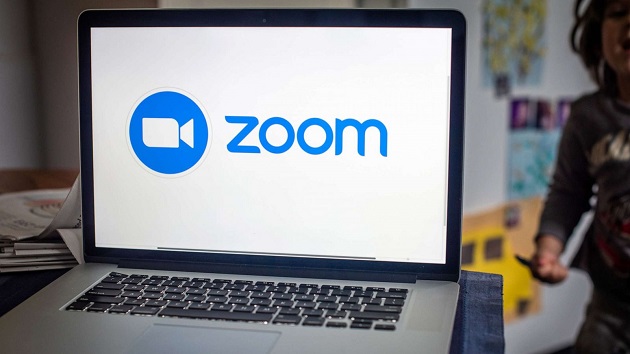(SAN JOSE, Calif.) — Zoom, whose sales and cultural prominence soared when the pandemic forced millions of workers to stay home, said last week that it plans to bring employees back to the office.
The San Jose, California-based company, which employs about 7,400 people, last week requested that all workers who live within 50 miles of an office come into work at least part of the time. The New York Times first reported on the policy change.
The adoption of in-office workdays at a company emblematic of remote work underscores the boomerang back toward the workplace that followed a mass exodus undertaken by white-collar workers in the early days and months of the pandemic, experts told ABC News.
Zoom’s decision to require workers to return to the office only part of the time, however, indicates the limits of the return-to-office migration, the experts added. Rather than return to their typical pre-pandemic schedule, many white-collar employers have settled into a mix of both in-office and remote work.
“It’s so ironic,” Joan Williams, a professor emeritus at the University of California College of the Law, San Francisco, and founding director of the school’s Center for WorkLife Law. “But, Zoom is not saying, ‘Come to the office five days a week."”
“This is not a situation where people are going back to the pre-COVID status quo and they’re abolishing remote work,” Williams added. “People are trying to figure out what the new status quo is — and that’s more of a hybrid workforce.”
In response to ABC News’ request for comment, a Zoom spokesperson said in a statement that the company prefers a hybrid model that continues to make use of its teleconference technology.
“We believe that a structured hybrid approach — meaning employees that live near an office need to be onsite two days a week to interact with their teams — is most effective for Zoom,” the spokesperson said. “As a company, we are in a better position to use our own technologies, continue to innovate, and support our global customers.”
“We’ll continue to leverage the entire Zoom platform to keep our employees and dispersed teams connected and working efficiently. Additionally, we will continue to hire the best talent, regardless of location,” the spokesperson added.
When lockdowns forced people into their homes during the early months of the pandemic, remote work expanded dramatically, research shows.
Before the pandemic, 5% of paid work hours across the U.S. economy were spent at home; but between April and December of 2020, that share climbed to 50%, according to researchers at Stanford University, the University of Chicago and the Instituto Tecnológico Autónomo de México or ITAM.
While many white-collar workers initially took up full-time work from home, employers have gradually brought workers back into the office, at least for part of the time, experts said.
The momentum behind the shift toward hybrid work was “hugely accelerated” by the pandemic, Raj Choudhury, a professor of business administration at Harvard University Business School, told ABC News. In the view of many companies, it offers the “best of both worlds,” he added.
The approach provides workers with some of the flexibility that they prized during the pandemic but also affords an opportunity for the type of collaborative in-person work that companies value, Choudhury said.
As of last month, three of every 10 full-time employees in the U.S. operated with a hybrid work schedule, and an additional 12% were fully remote, researchers at Stanford University, the University of Chicago and ITAM found.
Meanwhile, the office occupancy rate in the nation’s 10 largest cities stands just below 50%, according to security company Kastle, which tracks entrance activity through key card use.
As companies have mandated that workers return to the office part of the time, some employees have mounted resistance. Hundreds of corporate employees at Amazon staged a walkout in June after the company announced a mandatory partial return to the office. At Zoom, employees voiced frustration at a virtual meeting after the hybrid policy was announced, the Times reported.
“Worker expectations have changed and if employers insist on more than a day or two in the office, they’ll sharply constrict the number of people who want that job,” Williams said. “If you think it’s more important to choose people based on schedule than talent, be my guest.”
Workers in recent years have derived leverage from a tight jobs market, which still boasts a near 50-year low unemployment rate, Ayelet Fishbach, a professor of behavioral science at the University of Chicago Booth School of Business, told ABC News.
Plus, advancements in technology, like Zoom’s video-conference platform, have eased the way for a credible argument that workers can perform as effectively at home as they do in the office, Fishbach added.
“Speaking of Zoom,” Fishbach said. “Now we have the infrastructure and we take advantage of it.”
Copyright © 2023, ABC Audio. All rights reserved.












